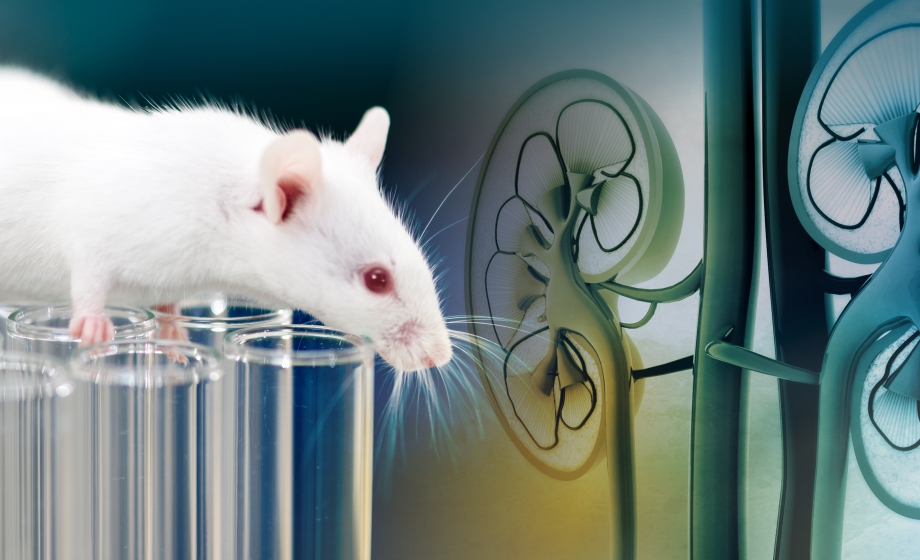Q&A Report: Vascular-Tubular Crosstalk in the Renin-Angiotensin System

Did you implant the Ang II infusion pump subcutaneously or into the intraperitoneal cavity? Do you think that would make a difference in the BP response?
Matthew Sparks, MD: We implanted subcutaneously. I do not have any experience with the IP route, so cannot comment on this.
Based on pressure natriuresis, a vascular defect should be restored by changes in renal sodium handling. So must there always be a change in pressure natriuresis to get a sustained change in BP. How do you think changes in SMC RAAS are impacting renal tubule function?
Matthew Sparks, MD: We do not know the precise mechanism for how alterations in vascular SMC biology is affecting tubular function. The changes seem to meet additive in regards to BP lowering (natriuresis).
Do you think that vascular AT1a signalling plays an important role in the physiology of organs beyond the kidney? Brain? Heart?
Matthew Sparks, MD: I do think so. We have examined the heart but have not looked at the brain.
What do you think is a linking mediator for vascular and tubular responses?
Matthew Sparks, MD: I wish I knew. We looked at nitric oxide (did not seem to be the case), prostanoids (various ones were not altered), we looked at inflammation (Tcells and macrophages, also interleukins) and saw no differences. We also looked at single cell RNA seq and found no differences. This answer has alluded us.
You showed that renal blood flow is substantially increased but why was GFR unaltered?
Matthew Sparks, MD: It is possible that with perturbation GFR would be altered (like Ang II infusion). However, we did not measure this. It is possible that compensation of glomerular hemodynamics has occurred.